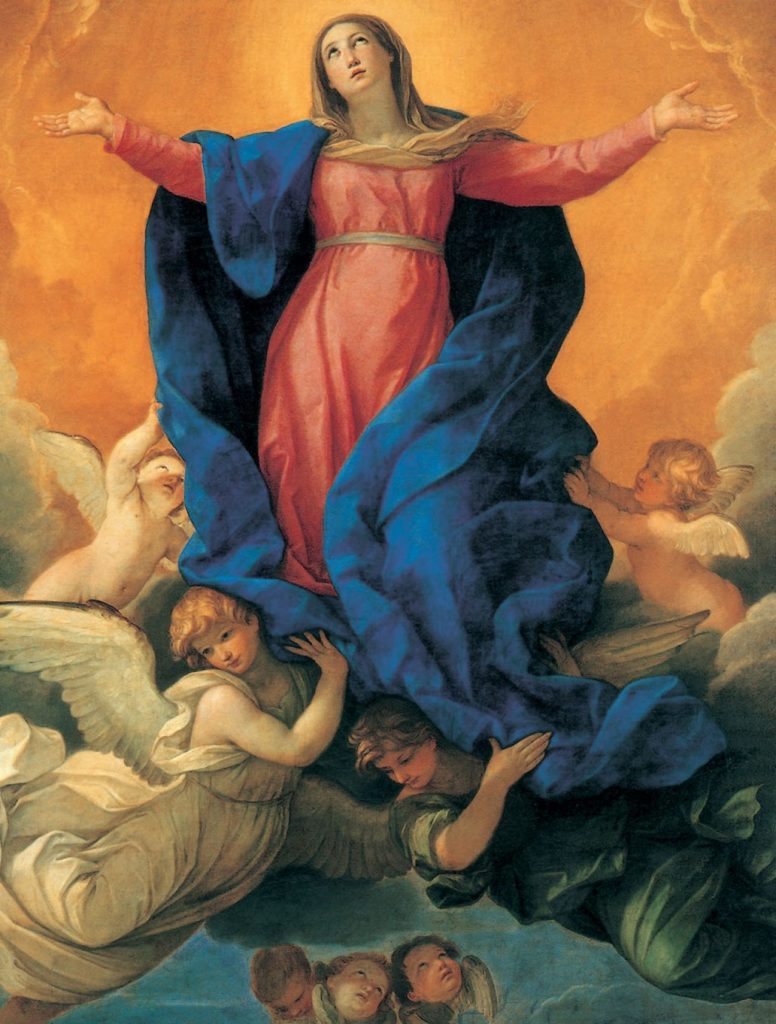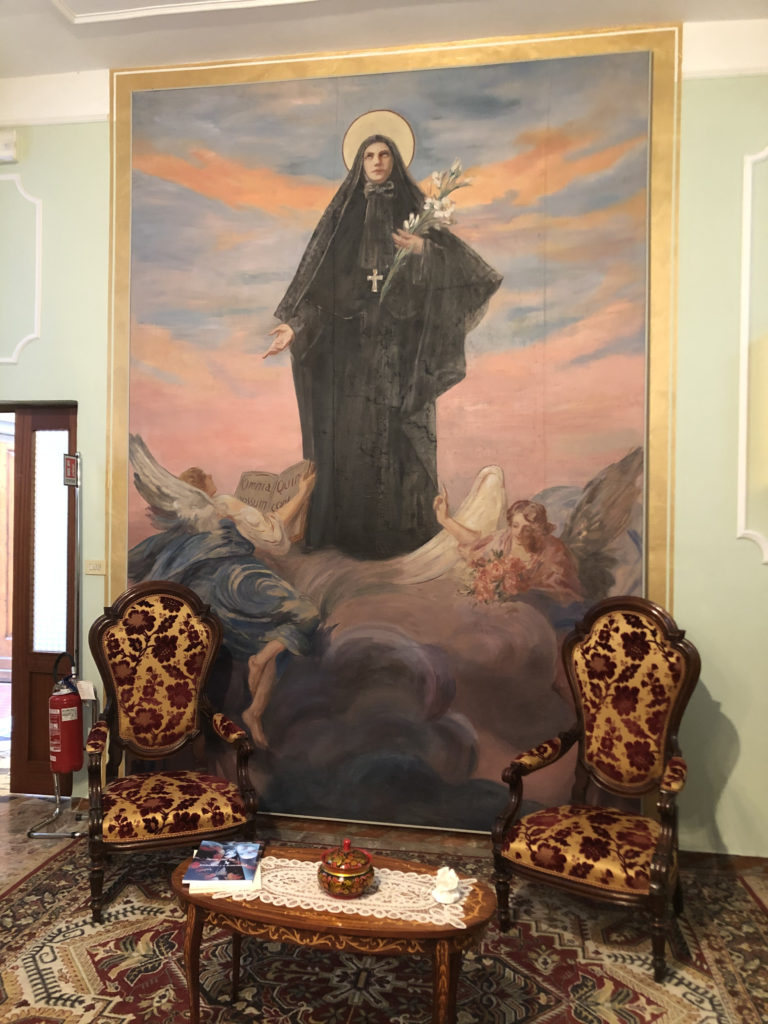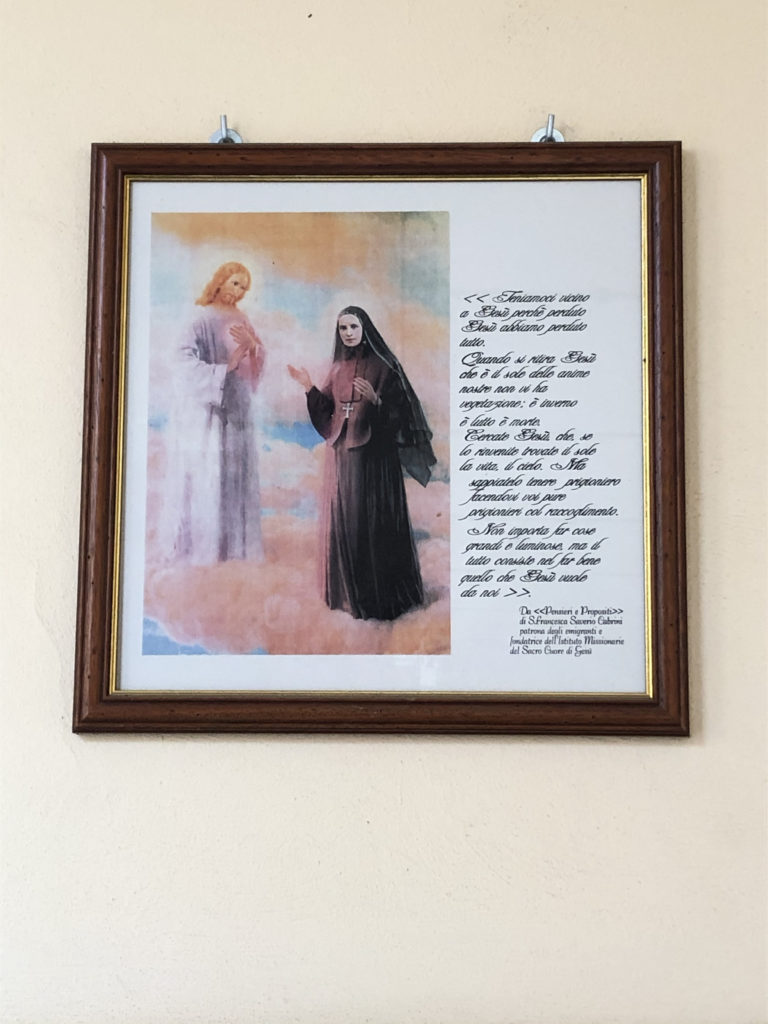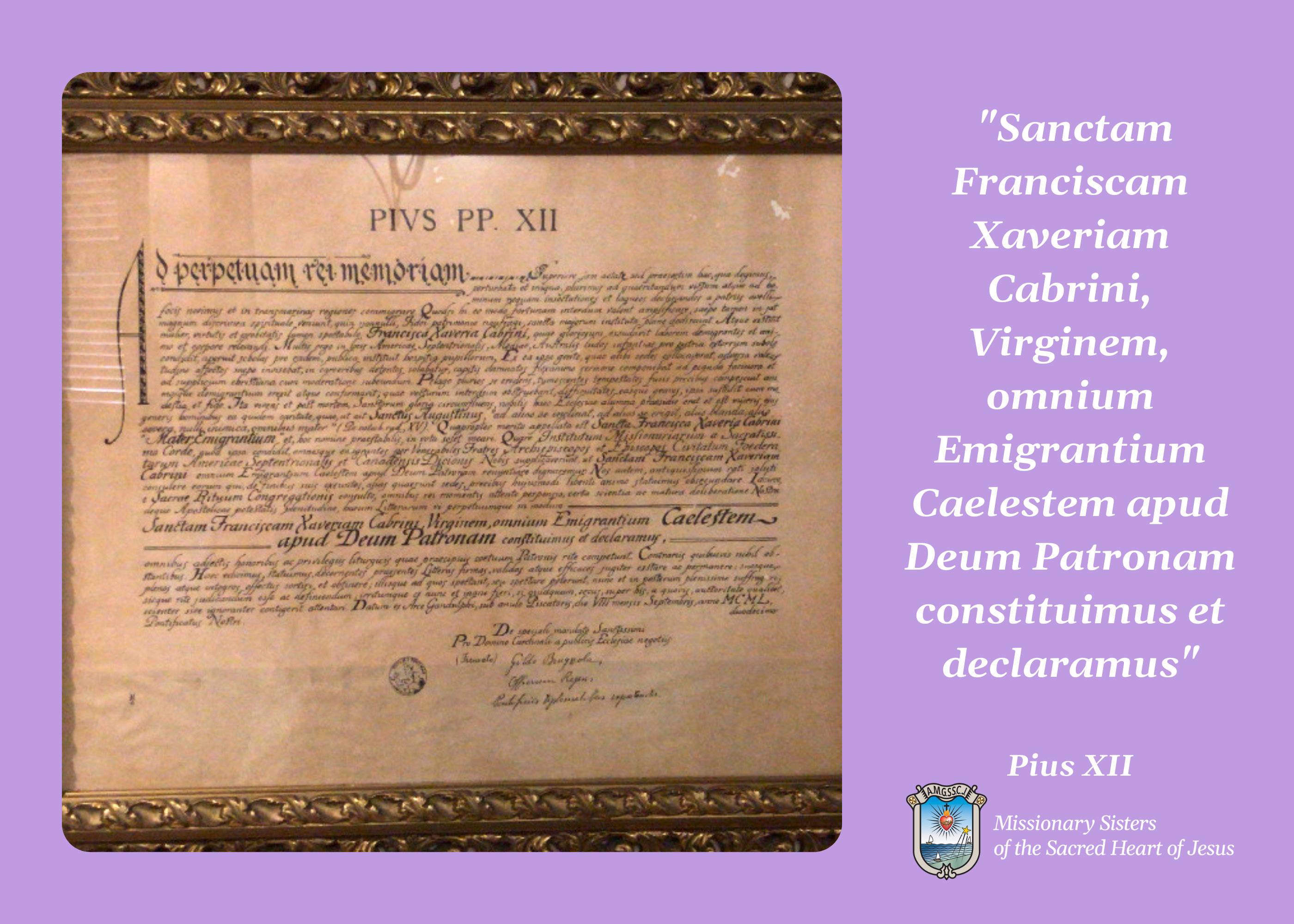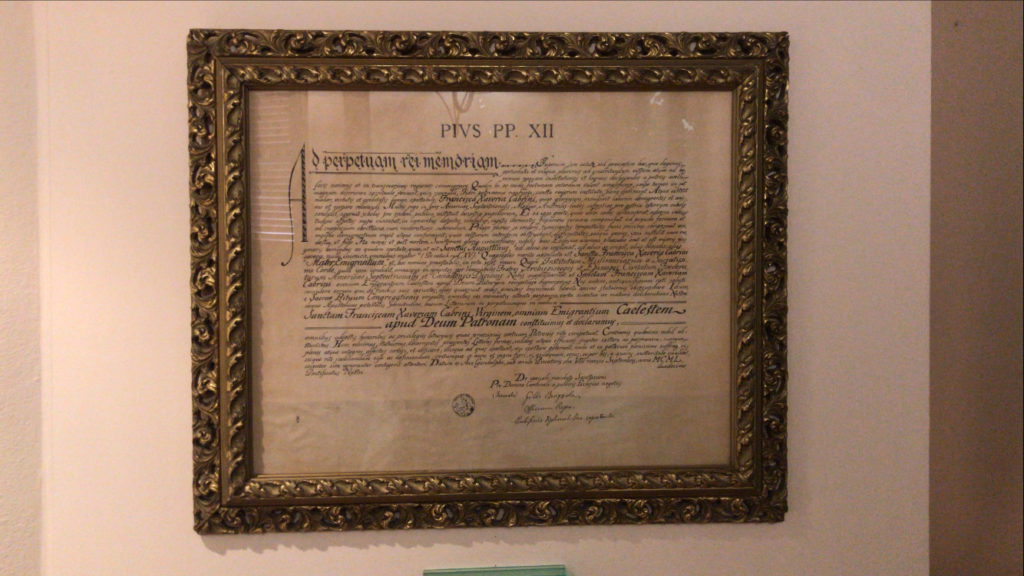
Mother Cabrini was proclaimed “Celestial Patroness of all emigrants” by Pope Pius XII in 1950, September the eight. This photo represents the official document kept in the Cabrini Museum in Codogno. If we think about the context in which this proclamation took place, it is something really surprising: Mother Cabrini became patroness of emigrants when in America the migrant, unfortunately marginalised, was Italian.
Between 1876 and 1914, some fourteen million Italians emigrated, according to statistics. The entire Italian population was then no more than thirty million. This was the time when bars in American cities displayed signs warning that Negroes and Italians were forbidden entry, since the latter were considered white Negroes.
Italo Balbo wrote that all those Italians were “nobody’s Italy, an anonymous people of white slaves, human material traded by the thousands”. It is estimated that the number of Italians in the mines at one point exceeded that of all other immigrants combined. In America, they seemed to credit the idea of the Italian as a semi-wild, ready for brawls and violence, while many Italians lived without schools, hospitals or churches, shut away in their own little Italies: neighbourhoods that proliferated on the fringes of large cities. One day in 1879, as a sign of denunciation, a member of parliament dared to read to the Italian parliament the letter of a settler from Veneto: “We are here like beasts: we live and die without priests, without teachers, without doctors”. However, the Italian politicians closed their eyes.
In a biography of Mother Cabrini we read these words verbatim: “In that American nineteenth century, mothers and grandmothers, wanting to frighten their overly restless children, instead of naming the ogre would shout: ‘Here’s an Italian! And immediately the child would run to seek shelter in their womb’.
After witnessing the marginalisation and lynching of several of her compatriots, Mother Cabrini began her work of welcoming them to foreign lands by opening several foundations, schools, orphanages and apostolic homes for Italian emigrants, constantly dedicated to the apostolate among the humblest workers who landed on the New York docks.
Saint Francis Xavier Cabrini was buried in West Park, New York, her body exhumed in 1931 and kept in a glass case in the altar of the Saint Frances Cabrini Reliquary, in Fort Washington, north of Manhattan. The street leading to the reliquary was renamed Cabrini Boulevard in her honour, witnessing the long daily processions of faithful who come to pray to the Saint of the Italians.
(estratto da http://www.effedieffe.com/index.php?option=com_content&task=view&id=31308&Itemid=100021)
